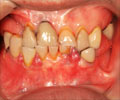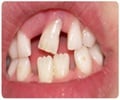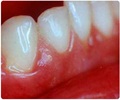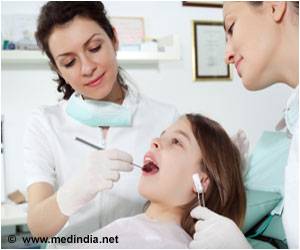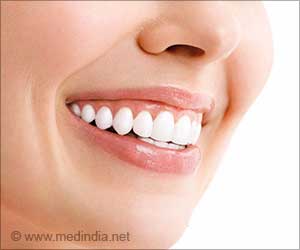Do you how gum infections lead to bone loss and eventually tooth loss? researchers have discovered new mechanisms for bone loss in gum disease.

‘Double-stranded RNA (dsRNA) plays a vital role in the immune system and seems to be the new suspect in the progression of bone loss during severe gum disease.’





It has long been recognized that concentrations of bacterial plaque nestled in the tooth pockets are the cause of bone loss. The main components of the outer membranes of the bacteria that cause gum disease are molecules called lipopolysaccharides.Lipopolysaccharides support the bacterial cell and protect against the attack of immune cells, but have also been implicated in causing gum inflammation by switching on toll-like receptors (TLR4) on immune cells that then recognize the bacteria as pathogens.
However, until now it was unclear whether “other pathogens including double-stranded RNA (dsRNA) derived from bacteria or autologous cells contribute to the progression of bone loss,” explains study author and professor Masaki Inada, D.D.Sc and Ph.D. in the Department of Biotechnology and Life Science.
In healthy bones, the outer surface of a bone lay down new bone material, while certain cells break down the old bone for the resorption of minerals; the balance between their activities sustains bone mass.
A protein called RANKL plays a role in maintaining that balance and, thus, in how bone gets successfully remodeled. The hormone-like PGE2 (prostaglandin E2) molecule, naturally produced by bone destroying cells, upregulates RANKL during gum inflammation. Alterations in the production of PGE2, and therefore RANKL, would affect bone loss and gain.
Advertisement
They observed that the dsRNA induced the differentiation of more cells that break down bone. The dsRNA caused bone producing cells to produce more of the hormone-like PGE2 that in turn upregulated RANKL and stimulated bone destroying cells to differentiate.
Advertisement
Looking ahead, the researchers plan to further examine how dsRNA - by signaling immune system receptors to make more PGE2 - contributes to the progression of severe gum disease over time.
Understanding the underlying mechanisms is the foundation for the novel development of drugs to prevent bone loss from gum disease in the future.
Source-Medindia

